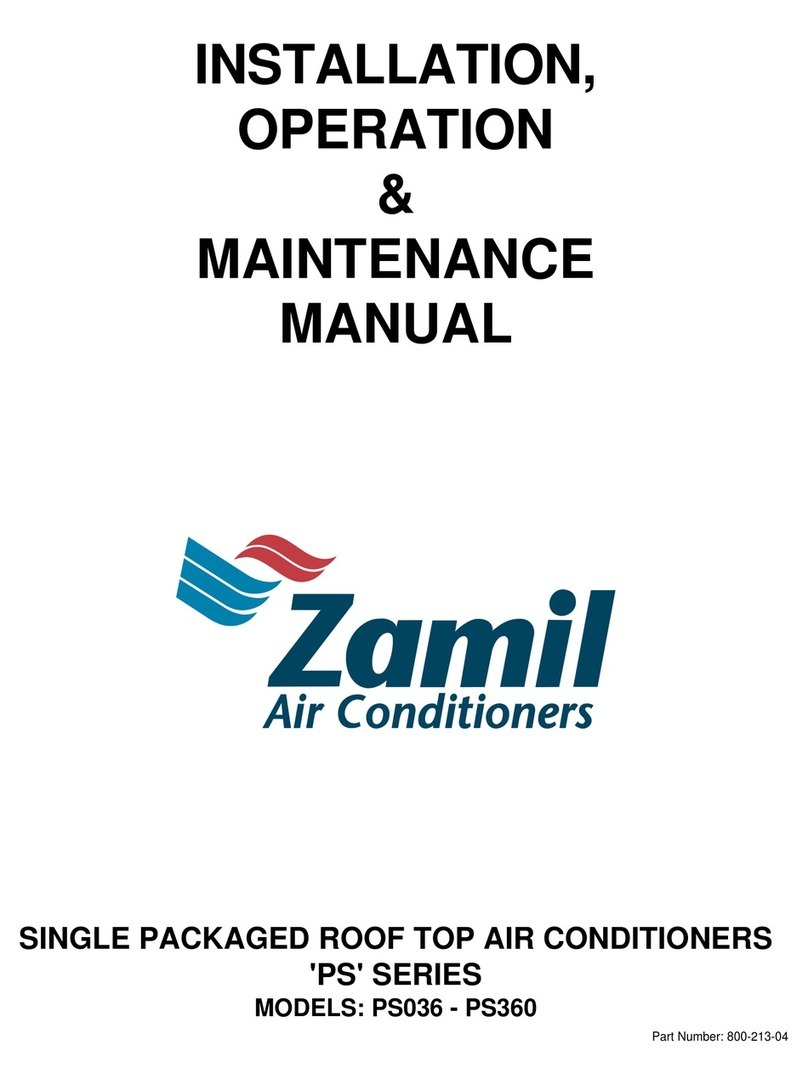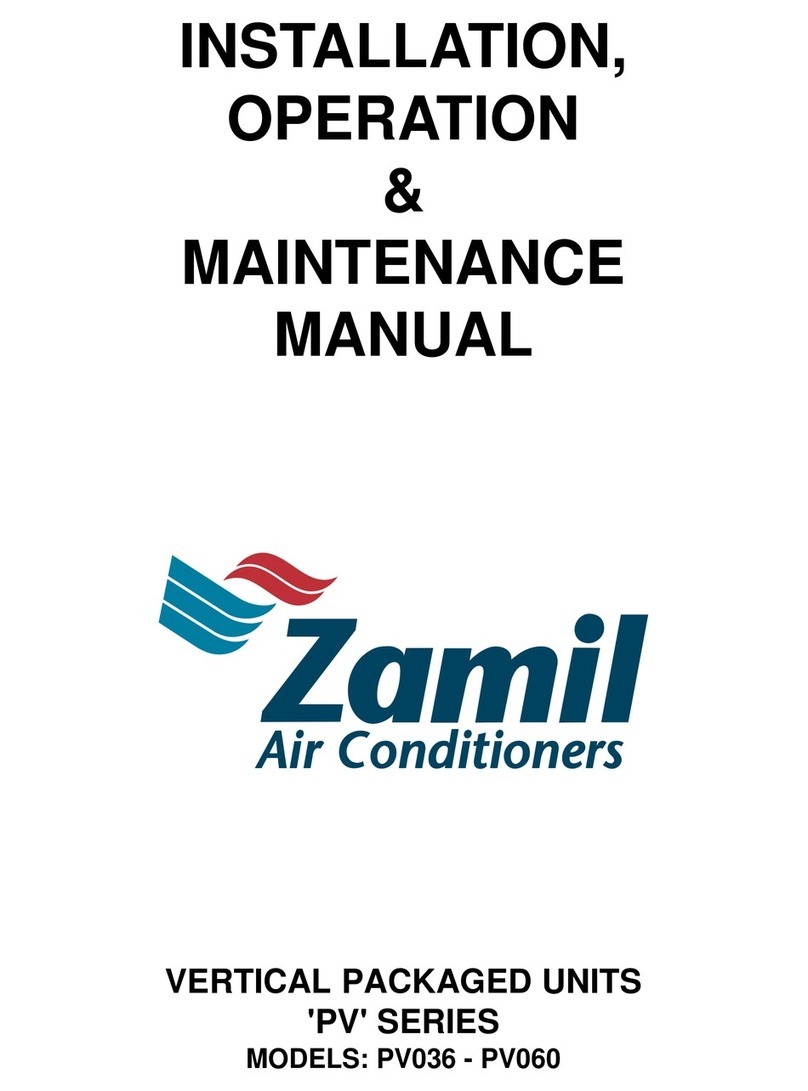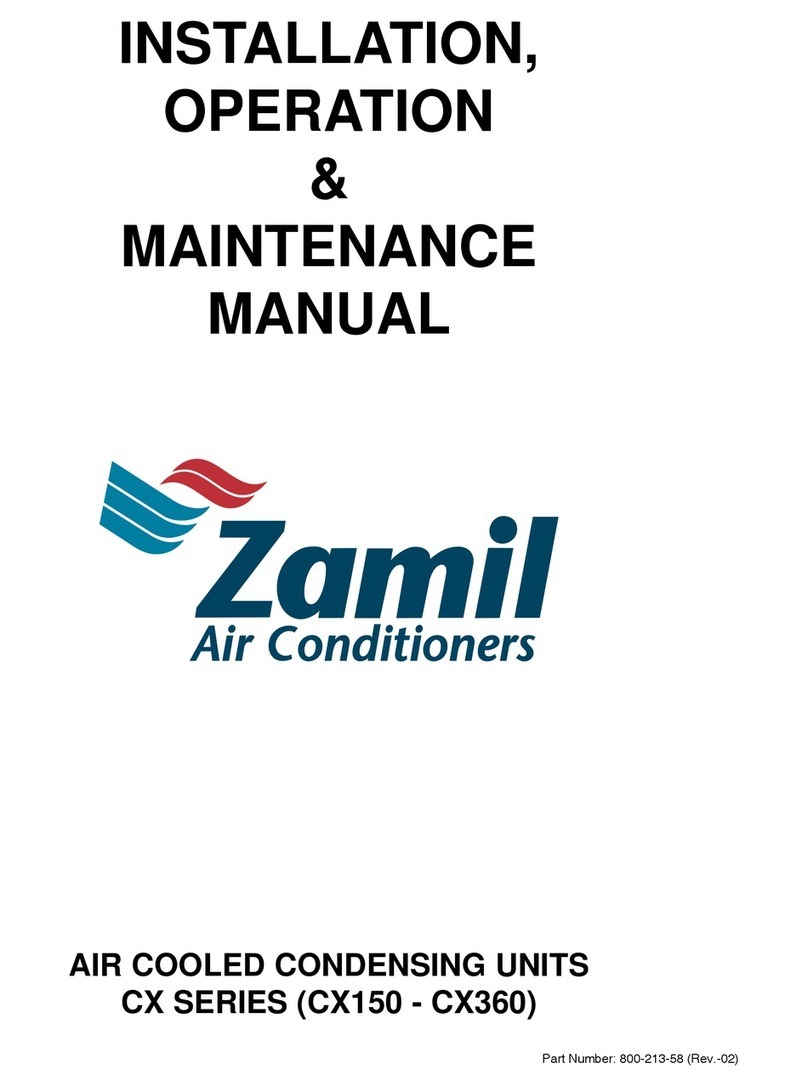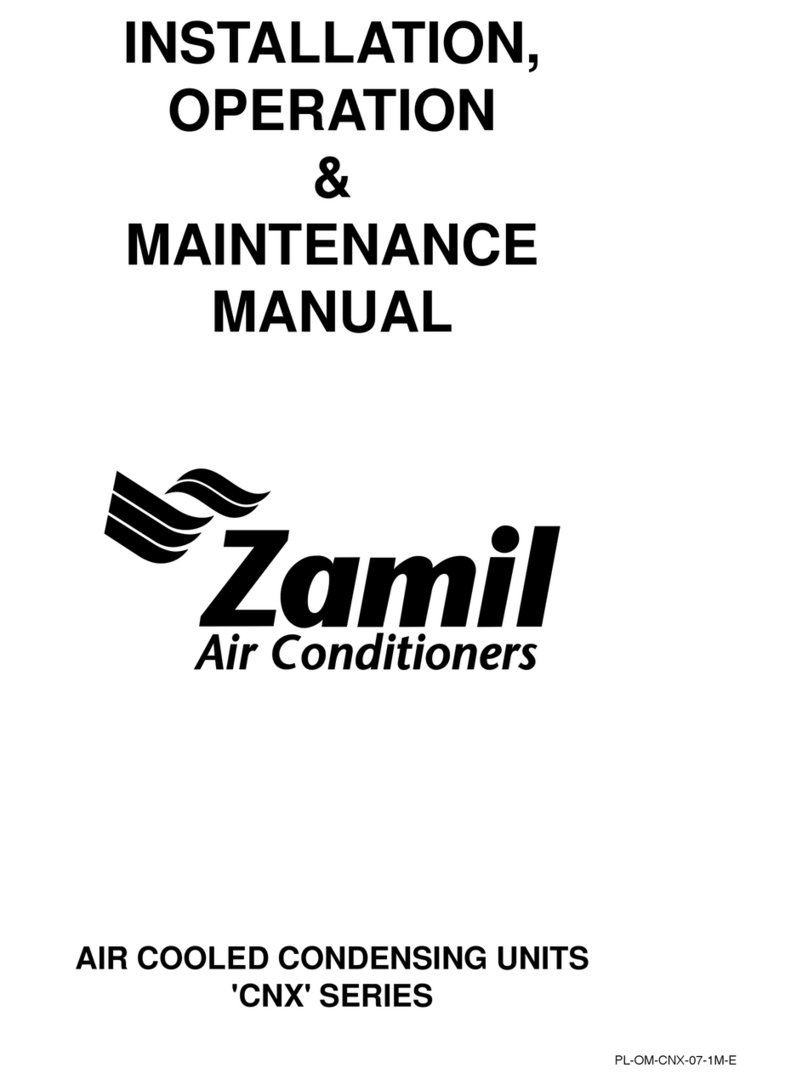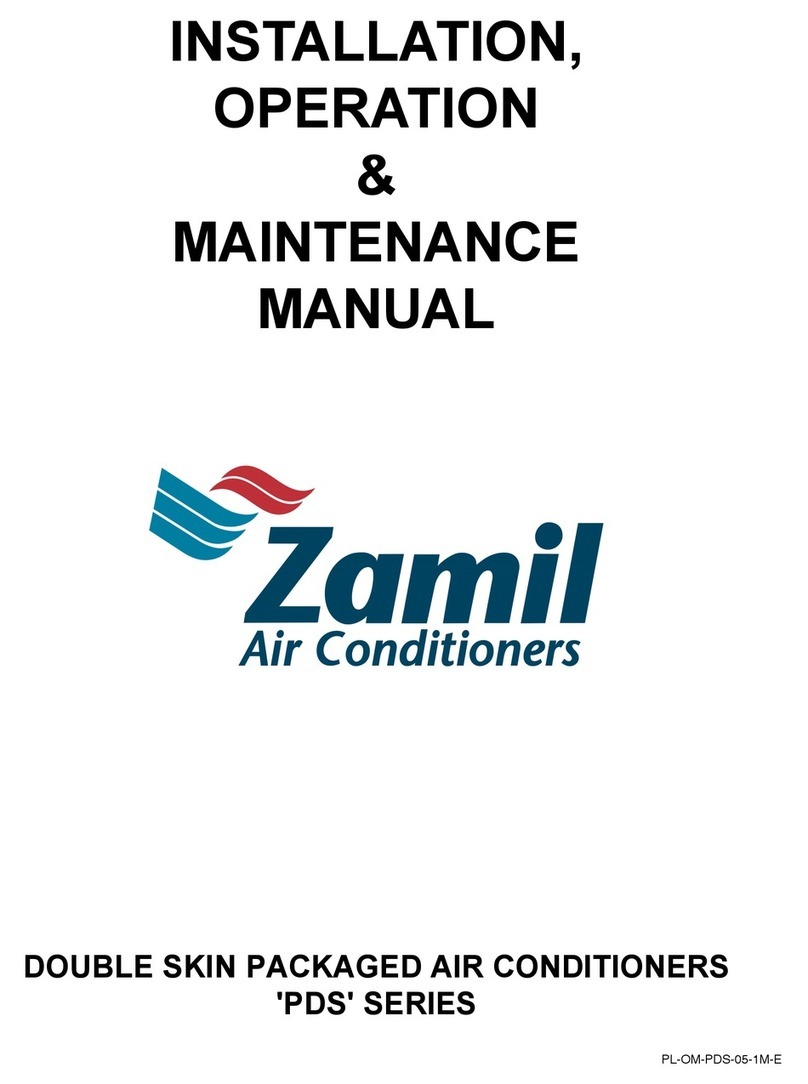
1
Contents Page
GENERAL ................................................................................................................................................................... 3
1. FOREWORD ........................................................................................................................................................... 4
2. STANDARD SPECIFICATION ............................................................................................................................... 4
2.1 BASE CHASSIS AND CONSTRUCTION ...........................................................................................................4-6
2.2 DIESEL ENGINE GENERATOR .........................................................................................................................6-8
2.3 UNIT PHYSICAL DATA ......................................................................................................................................... 9
2.3.1 UNIT SPECIFICATION SUMMARY .................................................................................................................. 10
2.4 AIR CONDITIONING SECTION ........................................................................................................................... 11
2.5 ELECTRICAL ENCLOSURE ASSEMBLY ........................................................................................................... 12
2.6 OPERATING FROM EXTERNAL POWER SOURCE.......................................................................................... 13
3. REFRIGERATION SYSTEM ................................................................................................................................. 13
3.1 GENERAL DESCRIPTION .................................................................................................................................. 13
3.2 REFRIGERATION CYCLE..............................................................................................................................13-14
3.3 MAJOR REFRIGERATION COMPONENTS ....................................................................................................... 15
3.3.1 SCROLL COMPRESSORS .........................................................................................................................15-17
3.3.2 CONDENSER COIL .......................................................................................................................................... 17
3.3.3 CONDENSER FAN ........................................................................................................................................... 17
3.3.4 CONDENSER FAN MOTOR............................................................................................................................. 17
3.3.5 EVAPORATOR COIL ........................................................................................................................................ 17
3.3.6 EVAPORATOR FAN ......................................................................................................................................... 17
3.3.7 HOT GAS BY PASS CONTROL ....................................................................................................................... 18
3.3.8 CRANKCASE HEATER .................................................................................................................................... 18
3.3.9 REPLACEABLE CORE FILTER DRIER ........................................................................................................... 18
3.3.10 SIGHT GLASS ................................................................................................................................................ 18
3.3.11 FAN CYCLE HEAD PRESSURE CONTROL.................................................................................................. 18
3.3.12 CONDENSER COIL GUARD .......................................................................................................................... 18
3.3.13 DISCHARGE LINE MUFFLER ........................................................................................................................ 18
3.3.14 VIBRATION ELIMINATOR .............................................................................................................................. 18
3.3.15 SAFETY VALVE.............................................................................................................................................. 18
3.4 REFRIGERATION SYSTEM ASSEMBLY........................................................................................................... 19
4. CONTROL SYSTEM ............................................................................................................................................. 20
4.1 GENERAL DESCRIPTION .................................................................................................................................. 20
4.2 COOLING CONTROL .......................................................................................................................................... 20
4.2.1 TEMPERATURE SETTINGS ............................................................................................................................ 20
4.2.2 COOLING MODES............................................................................................................................................ 20
4.2.2a LOW COOL .................................................................................................................................................... 21
4.2.2b MEDIUM COOL .............................................................................................................................................. 21
4.2.2c HIGH COOL .................................................................................................................................................... 21
4.3 SUPPLY FAN SPEED CONTROL ....................................................................................................................... 22
4.3.1 GENERAL DESCRIPTION ............................................................................................................................... 22
4.3.2 VARIABLE FREQUENCY DRIVE ..................................................................................................................... 22
4.4 CONTROL PANEL DESCRIPTION & FUNCTION .............................................................................................. 22
4.4.1 MAIN CONTROL PANEL .............................................................................................................................22-24
4.4.2 GENERATOR SET CONTROL PANEL .......................................................................................................24-25
4.4.3 SENSORS....................................................................................................................................................25-26
INDEX












